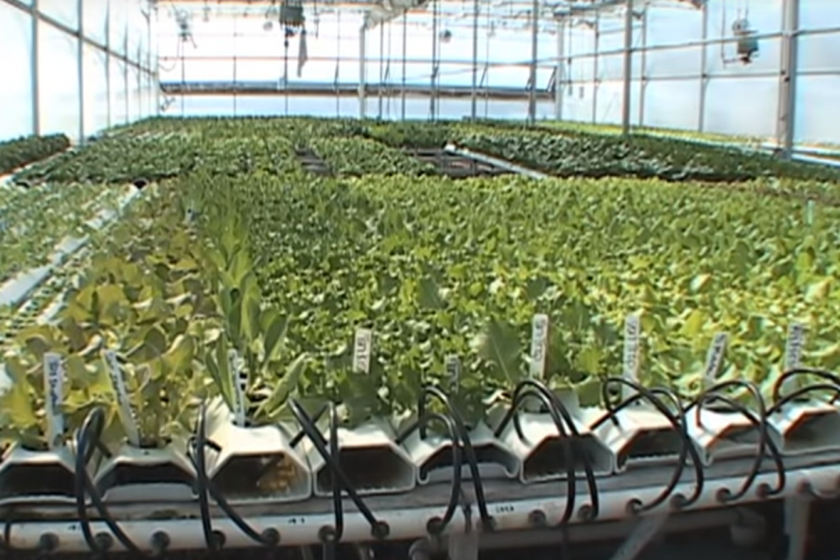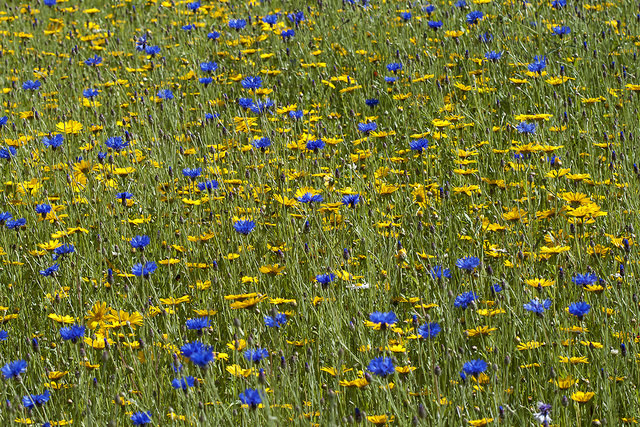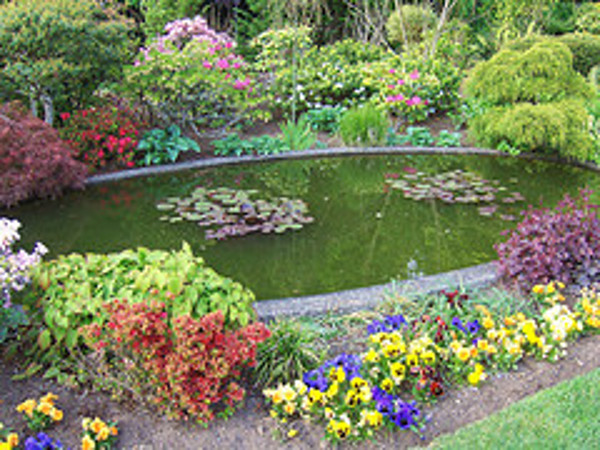Japanese Bamboo Fountain – Indoor Bamboo Water Features
Water fountains are a central part of Japanese culture. There are two types of Japanese fountains, Shishi-Odoshi Fountain and Tsukubai Fountain. Both fountains are rich in cultural history.
Tsukubai Fountains
Tsukubai, a Japanese term that means “To squat/crouch” in English. A Tsukubai fountain, is usually located outside of Buddhist temples or Japanese tea gardens. To enter the temple, visitors must “squat” or “crouch”, and then go through the cleansing ritual. Conceptually, this cleansing ritual is very similar to the Christian church’s ablutions ritual. The Tsukubai cleansing ritual includes hand washing and mouth rinses. This cleansing ritual takes place before entering Buddhist temples for tea ceremonies.
Tsukubai fountains are usually made from stone basins, also known as chozubachi. Their most distinctive element is the bamboo pipe, also known as kakei. The basin is finished by a small bamboo scoop that can be placed on top. This spoon can then be used to cleanse the body. Tsukubai fountains can also be found in Japanese-themed homes or outside Japanese tea gardens.




